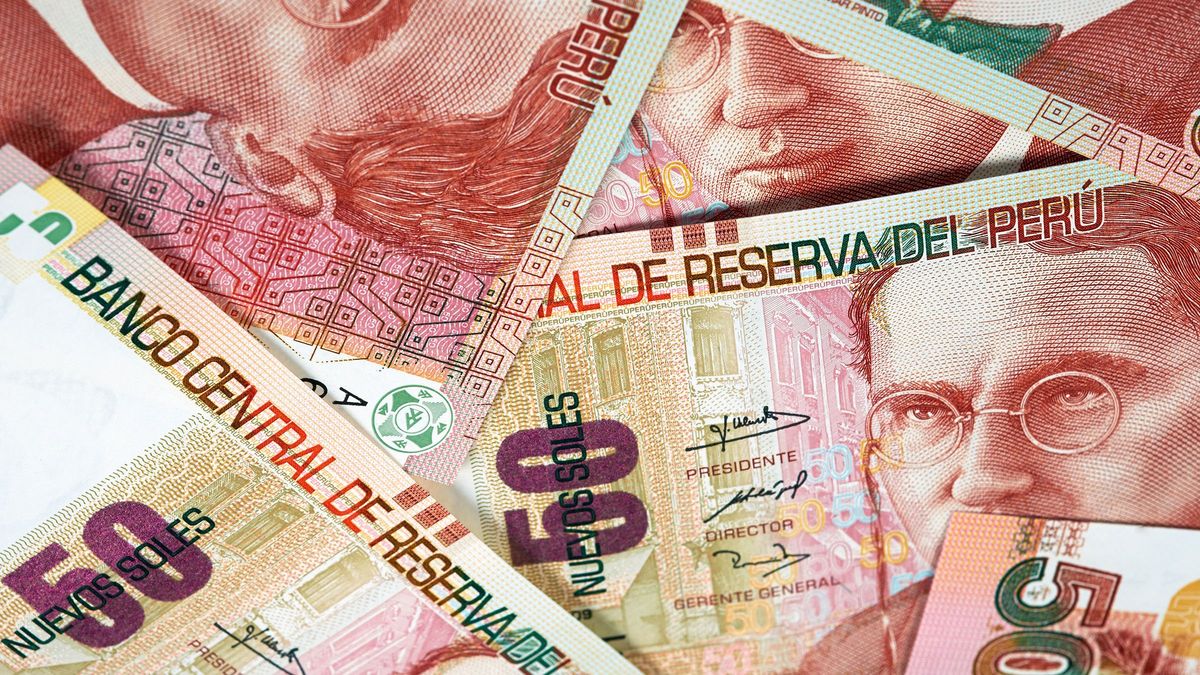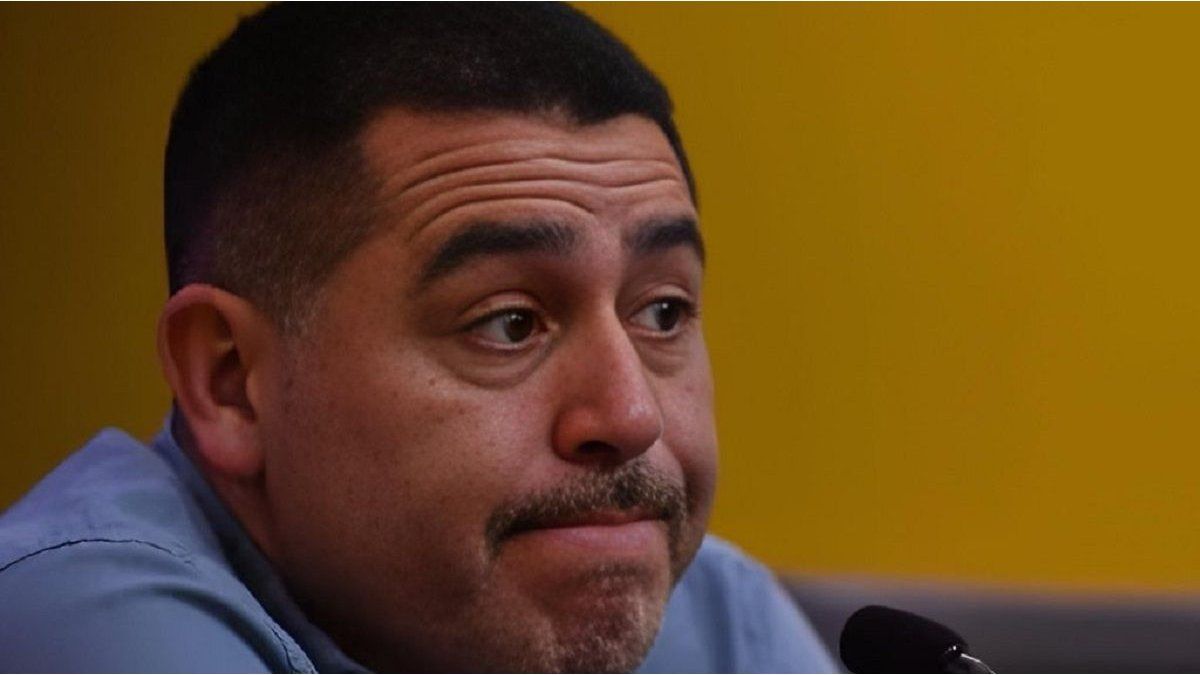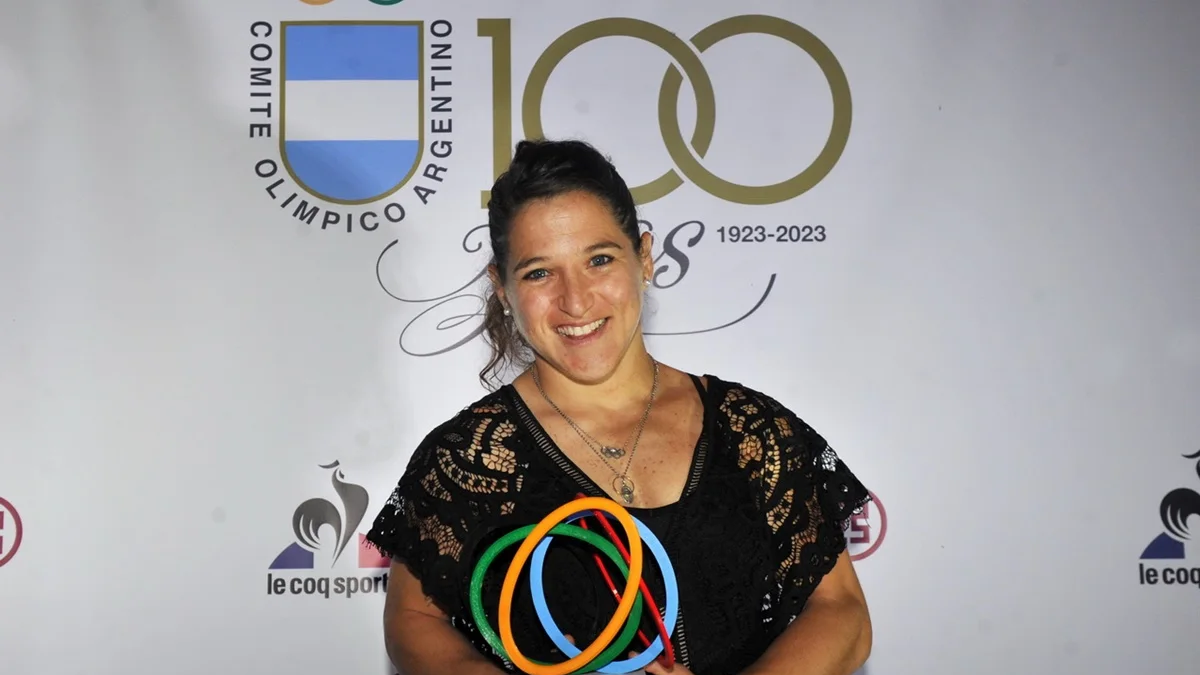The state entity pointed out in a bulletin that “the monthly result responds to the rise in prices observed in the divisions of consumption Food and Non-Alcoholic Beverages (3.41%), Education (2.84%), Transportation (1.89%) and Recreation and Culture (1.02%)”.
The increase in fuel prices and the amount of tickets had an impact on the inflationary result.
It is also underlined that the result for March is “the highest variation in the first quarter of the year (January 0.04% and February 0.31%)”, and confirms that it is “in the same way, a higher result since February 1996 which was 1.53%”.
During the last 12 months, the growth of prices in the South American country reached 6.82%, well above the inflation target range set by the Central Reserve Bank of Peru, between 1% and 3% annual inflation.
The Institute of Statistics also explains that the annualized inflation for the period April 2021 to March 2022 “is significantly higher than the annual evolution observed in the same period of the last three years.”
In March 2021, annualized inflation was 2.6%, while in the same month of 2020 and 2019 they were 1.82% and 2.25%, respectively.
In 2021, Peru closed with an inflation rate of 6.43%, more than double the 3% ceiling set by the Central Bank, amid electoral tensions and the Covid-19 pandemic.
Inflation reached its monthly peak last year in July, when prices rose 1.01% to coincide with the coming to power of leftist President Pedro Castillo. In 2020, inflation in Peru was 1.97%, higher than the 1.90% of 2019.
Source: Ambito
David William is a talented author who has made a name for himself in the world of writing. He is a professional author who writes on a wide range of topics, from general interest to opinion news. David is currently working as a writer at 24 hours worlds where he brings his unique perspective and in-depth research to his articles, making them both informative and engaging.




